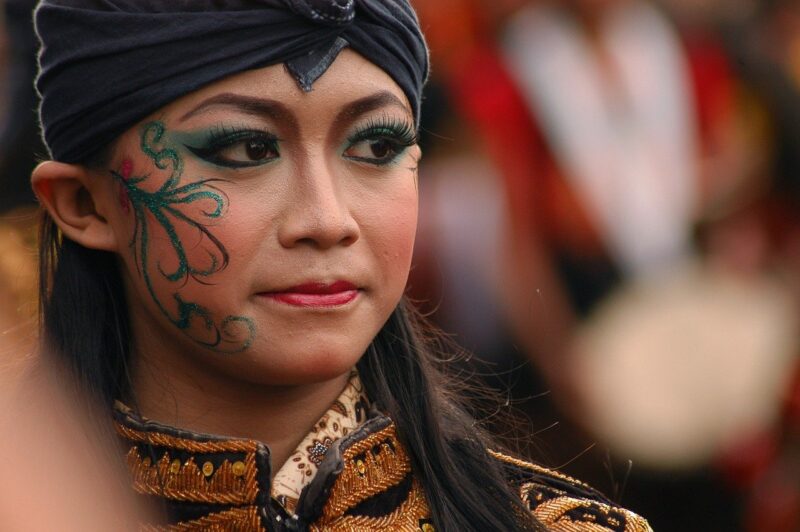Cultures Collide: Celebrating Diversity in the Modern World
November 17, 2024

In the modern world, the intersection of cultures has become a vivid tapestry, woven from the threads of history, migration, and globalization. From bustling city streets adorned with international cuisine to festivals celebrating vibrant traditions, our planet has never been more interconnected. This article explores the significance of cultural diversity, the challenges it brings, and the ways in which we can celebrate and embrace our differences.
1. Understanding Cultural Diversity
Cultural diversity refers to the variety of cultural or ethnic groups within a society. It embodies the attitudes, practices, beliefs, and identities of different communities. The world is a mosaic of languages, traditions, and practices, each contributing to human civilization.
The benefits of cultural diversity include:
- Innovation and Creativity: Diverse cultural perspectives can fuel creativity and innovation. When people from different backgrounds collaborate, they bring unique ideas and approaches, leading to groundbreaking solutions in various fields like art, technology, and business.
- Social Cohesion: Celebrating diversity fosters understanding and respect among different cultural groups, promoting social cohesion in an increasingly polarized world.
- Cultural Exchange: Exposure to different cultures encourages the exchange of knowledge, customs, and languages, enriching personal experiences and broadening perspectives.
In an ever-globalizing world, embracing cultural diversity is not just beneficial; it is essential for humanity’s future.
2. The Impact of Globalization on Cultural Diversity
Globalization has played a pivotal role in the interaction between cultures. While it has facilitated cultural exchange and access to a wider range of goods, ideas, and experiences, it has also posed challenges to cultural preservation.
Some positive effects of globalization include:
- Increased Connectivity: The Internet and social media allow individuals to share and learn about diverse cultures from anywhere in the world, breaking down geographical barriers.
- Cultural Hybridity: The blending of cultural elements can result in new, dynamic forms of expression. For instance, fusion cuisine takes elements from various culinary traditions and creates innovative dishes.
However, the negative impacts include:
- Cultural Homogenization: The dominance of certain cultures, notably Western culture, can threaten the existence of lesser-known or indigenous cultures, leading to their potential extinction.
- Loss of Local Traditions: As global brands replace local businesses, traditional practices can be overshadowed, eroding cultural identity and heritage.
Understanding these dynamics is crucial as we navigate the complexities of our multicultural world.
3. Celebrating Diversity Through Festivals and Events
One of the most beautiful ways to celebrate cultural diversity is through festivals and events that bring people together. These celebrations allow communities to showcase their traditions and promote inclusivity.
Some notable examples include:
- Carnival in Brazil: This world-famous festival features parades, samba music, and vibrant costumes, celebrating Afro-Brazilian culture and drawing participants from all corners of the globe.
- Diwali in India: Known as the Festival of Lights, Diwali celebrates the triumph of light over darkness and good over evil, fostering a sense of community and belonging among Hindus worldwide.
- Chinese New Year: Celebrated around the globe, this vibrant festival involves family reunions, feasting, and various customs aimed at ushering in good fortune for the coming year.
These events not only preserve cultural heritage but also promote mutual respect and understanding among different communities.
4. Education and Cultural Awareness
Education plays a crucial role in fostering cultural awareness and appreciation. By integrating multicultural education into school curriculums, students can learn about various cultures, histories, and viewpoints, which fosters empathy and understanding.
Key strategies for promoting cultural awareness in education include:
- Diverse Curriculum: Incorporating literature, history, and art from a range of cultures encourages students to appreciate the richness of diversity.
- Cultural Exchange Programs: Facilitating student exchanges between different countries and communities can cultivate firsthand understanding of diverse customs and practices.
- Workshops and Interactive Learning: Engaging students in cultural workshops, cooking classes, and artistic expressions can enhance their interest and appreciation for diverse cultures.
Through education, we can raise a generation that values and upholds the beauty of cultural diversity.
5. Challenges of Celebrating Cultural Diversity
Despite the myriad benefits of cultural diversity, several challenges persist. Some of these include:
- Discrimination and Prejudice: Cultural stereotypes and biases can lead to inequalities and social unrest. Combating these attitudes requires persistent efforts on societal and institutional levels.
- Language Barriers: Language differences can hinder communication and understanding, making it challenging to navigate multicultural environments effectively.
- Cultural Appropriation: The borrowing of cultural elements can sometimes lead to misrepresentation and exploitation, creating tension between cultures.
To overcome these challenges, it is crucial that individuals engage in meaningful dialogue, education, and advocacy, promoting a more inclusive and respectful approach to cultural diversity.
Conclusion
Celebrating diversity in the modern world calls for a collective effort to recognize, appreciate, and uphold the various cultures that enrich our lives. By embracing cultural differences, fostering inclusion, and participating in shared experiences, we can create a more harmonious coexistence. As we navigate the complexities of globalization and social change, let us cherish and honor the kaleidoscope of cultures that make our world vibrant and beautiful.
Together, let us foster an environment where diversity is not only accepted but celebrated, shaping a more inclusive future for generations to come.







